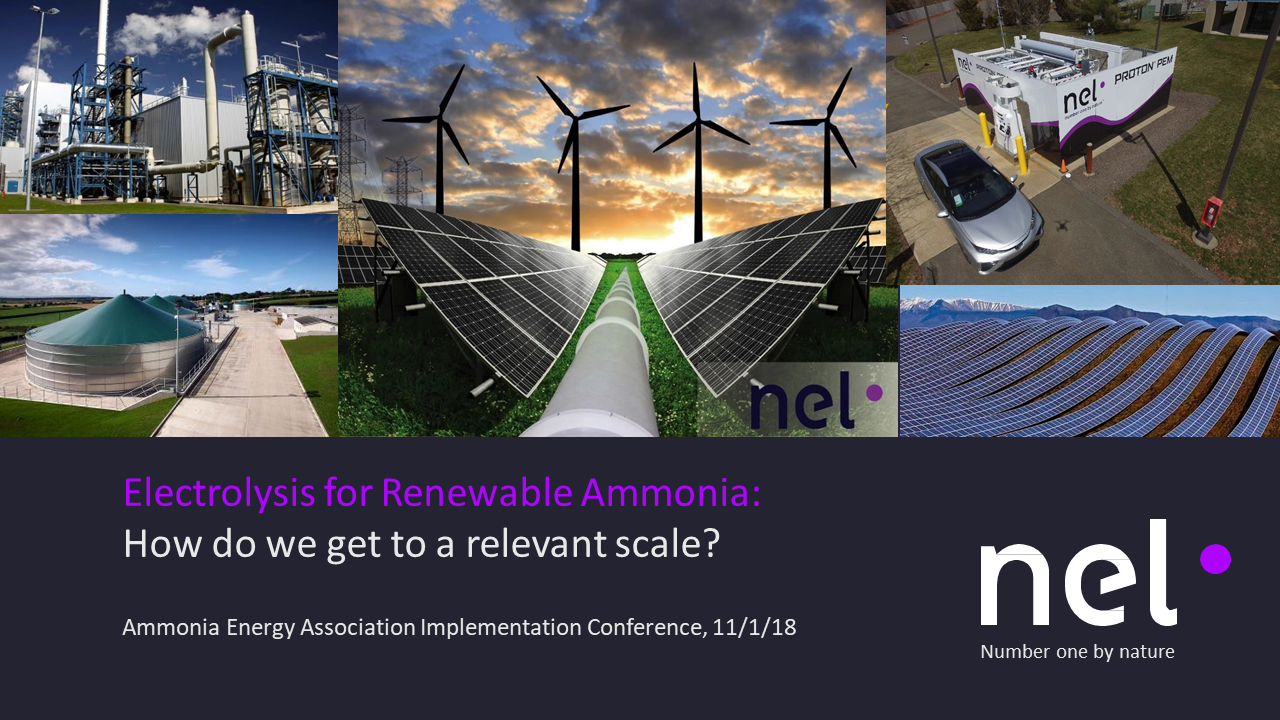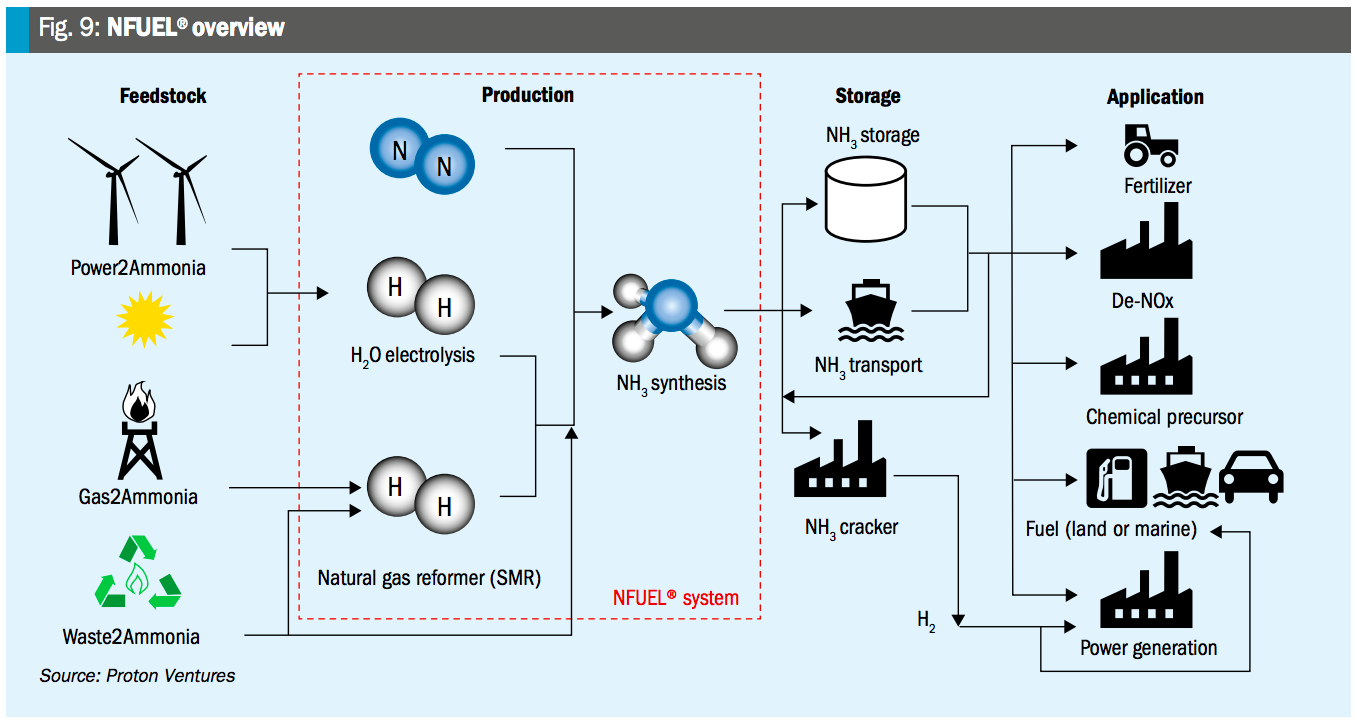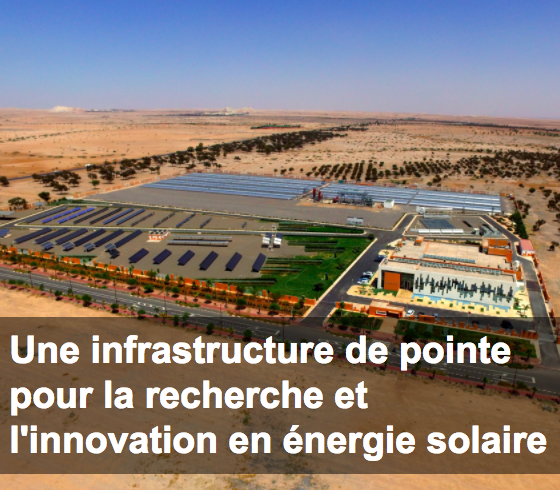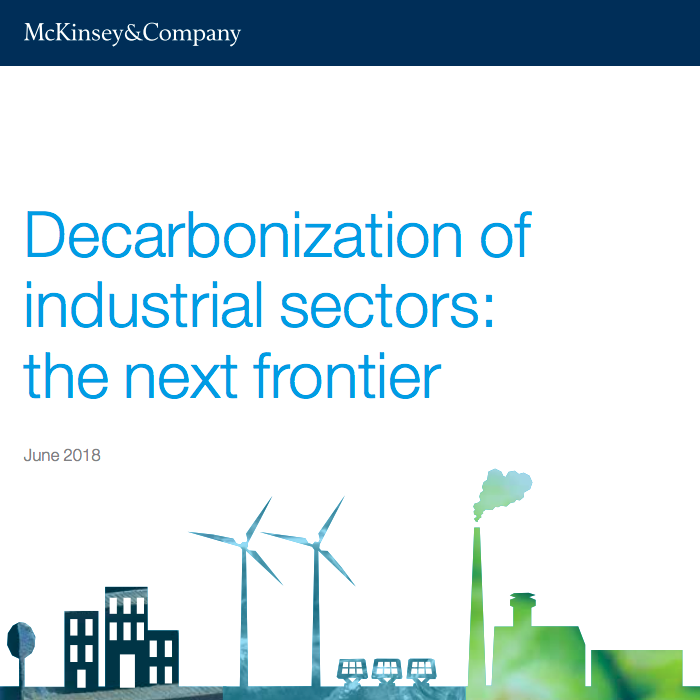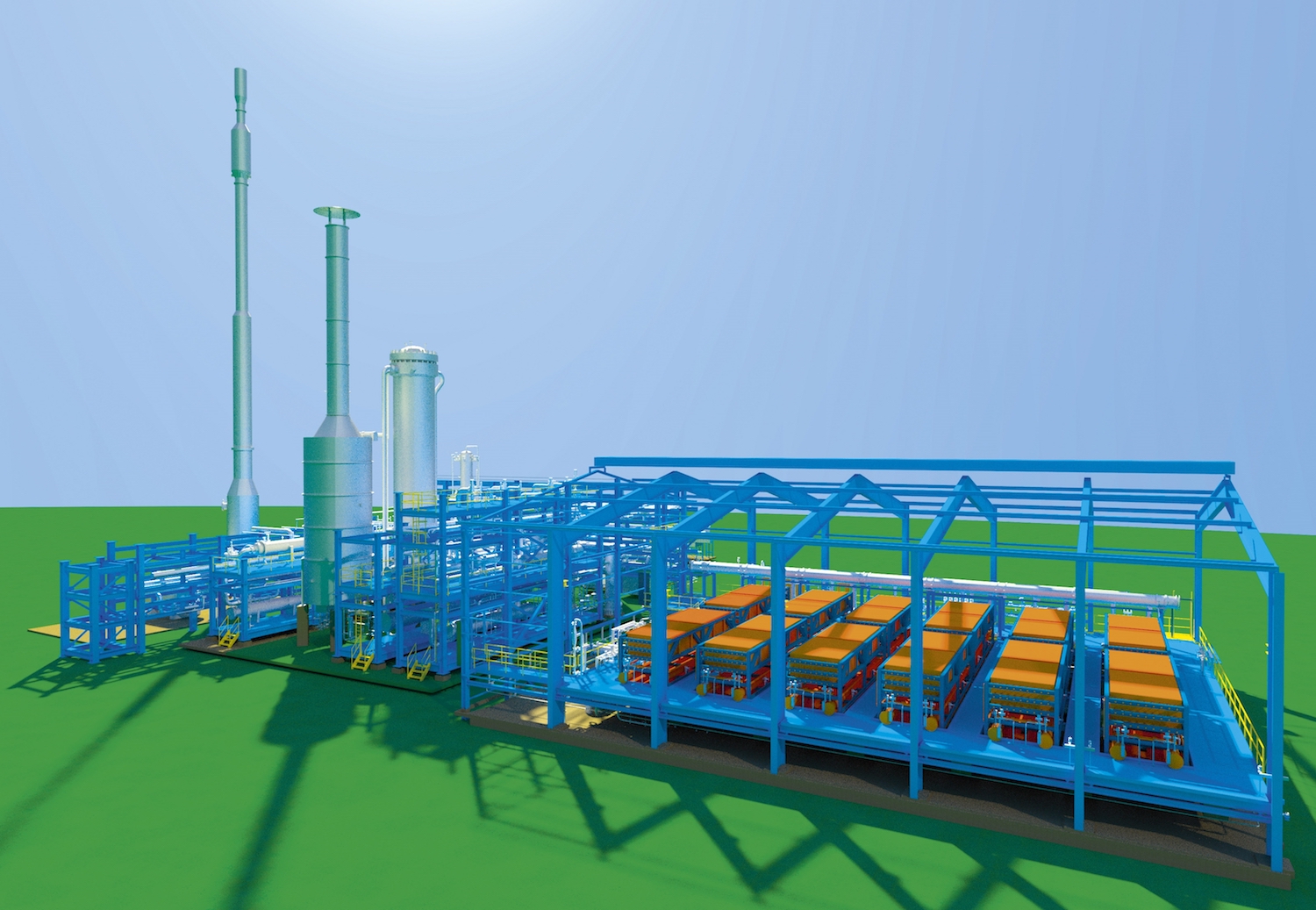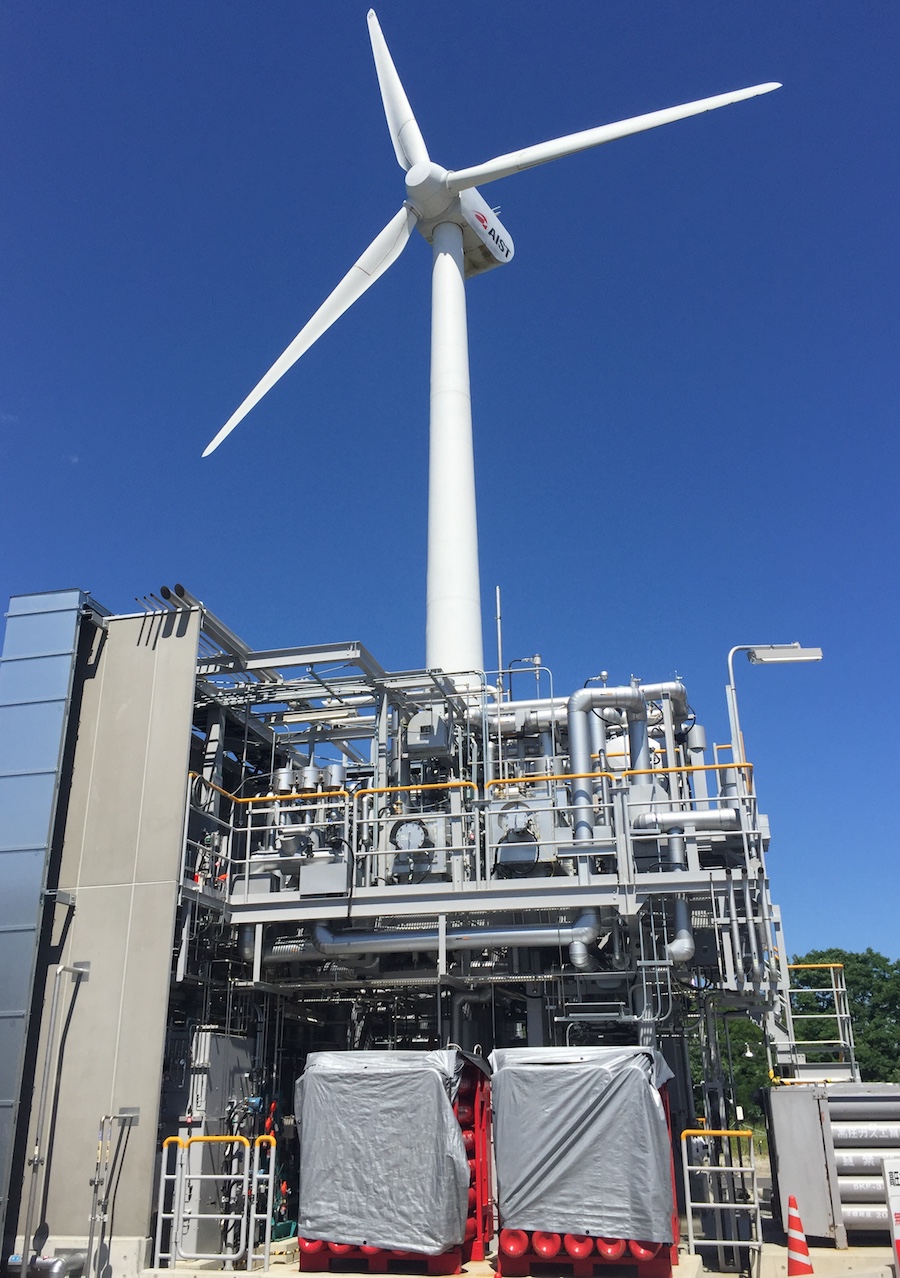Mission Possible: decarbonizing ammonia
Mission Possible, a major report published at the end of 2018, concludes that decarbonizing ammonia production by 2050 is both technically and economically feasible. Among its 172 pages of assumptions, analysis, and explanation, Mission Possible examines production pathways and markets for green ammonia and its derivative green nitrogen fertilizers. It addresses the relatively straightforward issue of how to replace fossil feedstocks with renewable hydrogen for ammonia synthesis, as well as the more complex question of how to source or supplant the carbon dioxide molecules contained in urea, the most common nitrogen fertilizer. The report's economic conclusions will not surprise anyone involved in ammonia production or politics. Yes, green ammonia is currently more expensive than fossil ammonia, although it won't be for long. And no, "none of the increases in end-consumer prices are sufficiently large to be an argument against forceful policies to drive decarbonization."

